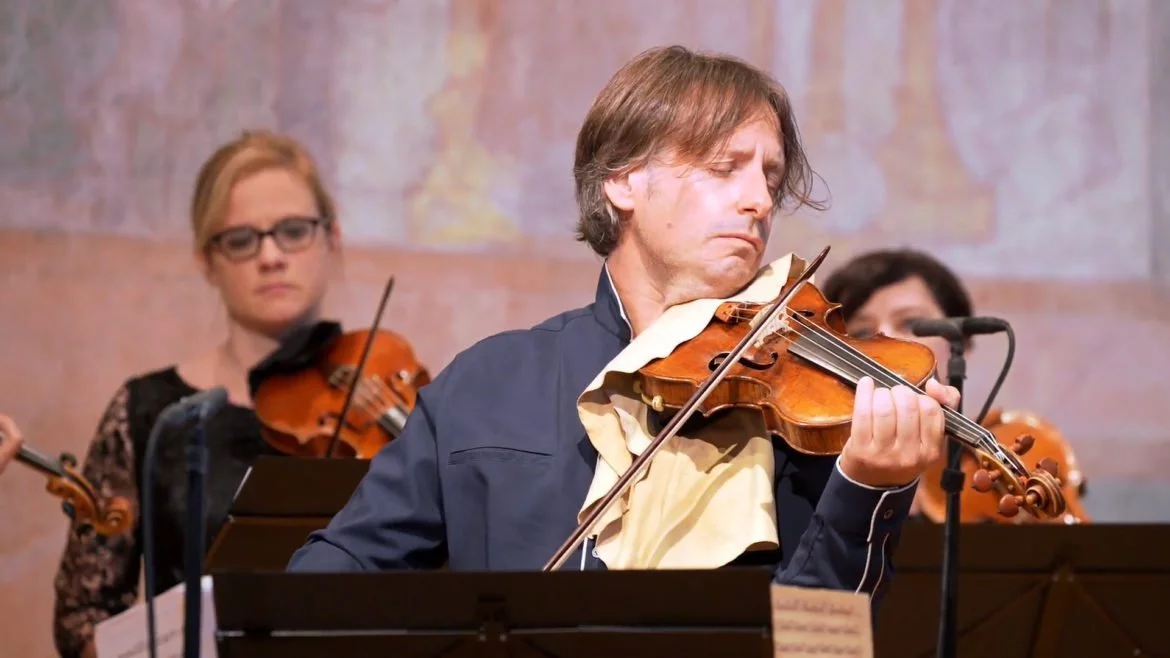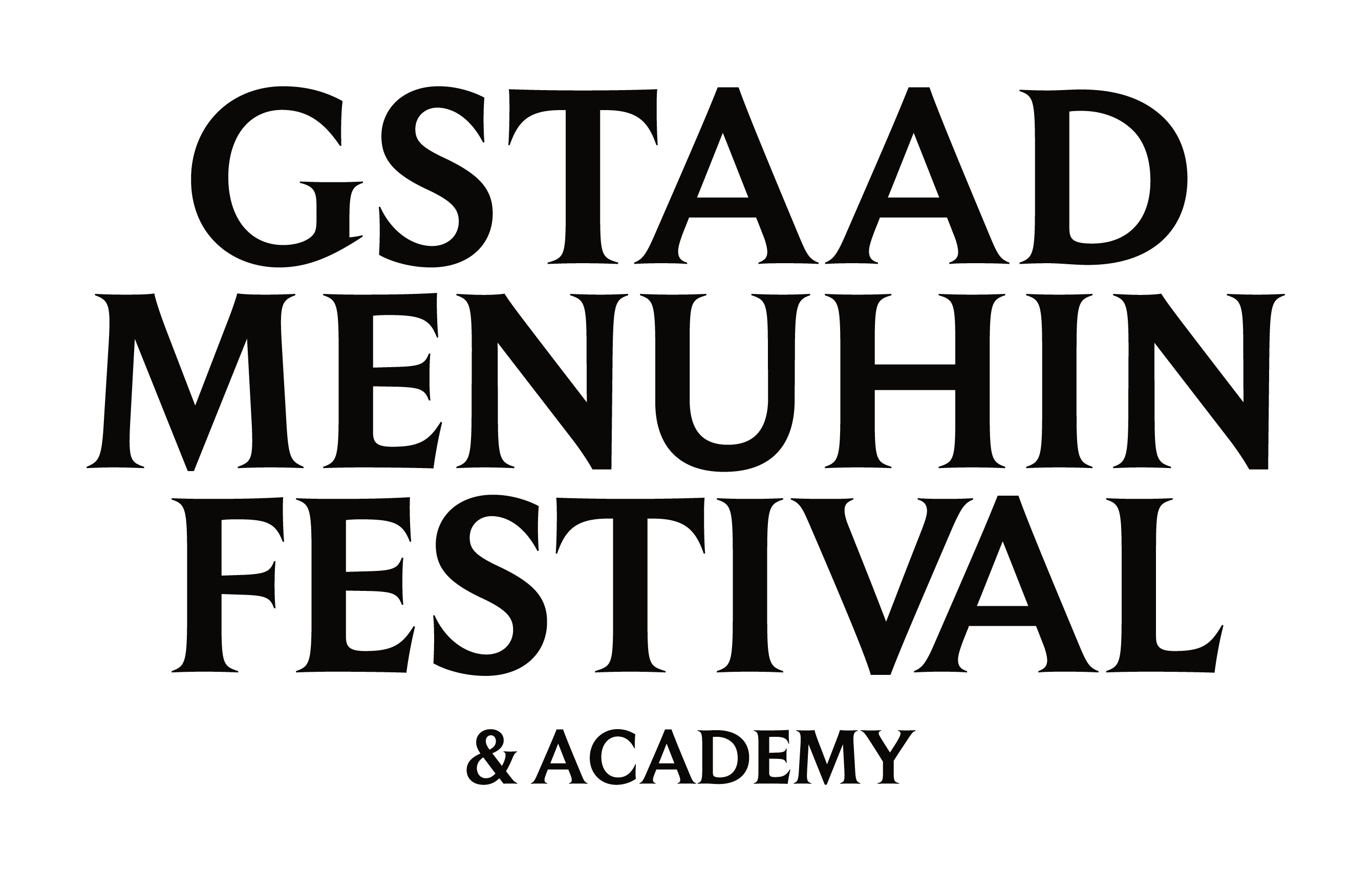Part 1
Andrés Gabetta, violin
Mario Stefano Pietrodarchi, bandoneon
Cappella Gabetta
Antonio Vivaldi (1678-1741)
Concerto for Strings and Basso continuo g-minor RV 156
Aus «Le quattro stagioni» (The Seasons ):
Concerto for Violin E-major op. 8 No. 1 RV 269 «Spring»
Astor Piazzolla (1921-1992)
Aus «Cuatro estaciones porteñas» (The Seasons from Buenos Aires):
Invierno Porteña (Winter)
Antonio Vivaldi (1678-1741)
Aus «Le quattro stagioni»:
Concerto for Violin g-minor op. 8 No. 2 RV 315 «Summer»
Astor Piazzolla (1921-1992)
Aus «Cuatro estaciones porteñas»:
Verano Porteño (Summer)
Recorded at Saanen Church, 15th July 2018.
Cappella Gabetta: The Seasons by Vivaldi and Piazzolla
There are the seasons in the north and in the south. Andrés Gabetta and his wonderful Cappella Gabetta, together with Bandoneon virtuoso Mario Stefano Pietrodarchi, invite us on a journey full of colour, rhythm and emotions. Played on historical instruments, they guide us through Vivaldi’s the Four Seasons and Astor Piazollas interpretation for Buenos Aires. Mario Stefano Pietrodarchi plays his bandoneon like no other. Next to him is Andrés Gabetta, who is one of the leading baroque violinists of our time and leads the Cappella Gabetta.
Piazzolla: rather a saxophone than a bandoneon
Astor Piazzolla made his mark on South American music of the 20th century and his aura stretches beyond the borders of his native Argentina. He was born in 1921, the son of Italian immigrants in Mar del Plata, 400 km south of Buenos Aires. His tango enthusiast father gives him his first instrument: a bandoneon, the traditional Argentinian accordion. Astor would have preferred a saxophone, as he loved jazz.
The Tango Nuevo Revolution
On day, in the courtyard of his house, he hears somebody playing a piano. A former student of Sergej Rachmaninov plays a piece by Bach. It is a revelation. In 1954, after had worked in several orchestras in Buenos Aires as a bandoneonist, a dream of his comes true. He travels to Europe to study with the legendary Nadia Boulanger. Meeting her confirms his destiny: Mademoiselle, as she is called by many, shows him the possibility of using folk tunes as a basis for new ideas and to enrich them with a further developed tone language. This proves to be the guiding star for his life, the revolution of Tango nuevo: a totally new art form, a fruitful combination of jazz, classical music and folk music. His Cuatro estaciones porteñas are an example of this successful combination. It is reminiscent of Antonio Vivaldi’s Seasons without being restricted by them. Enjoy the journey Cappella Gabetta and Mario Stefano Pietrodarchi take us on.



